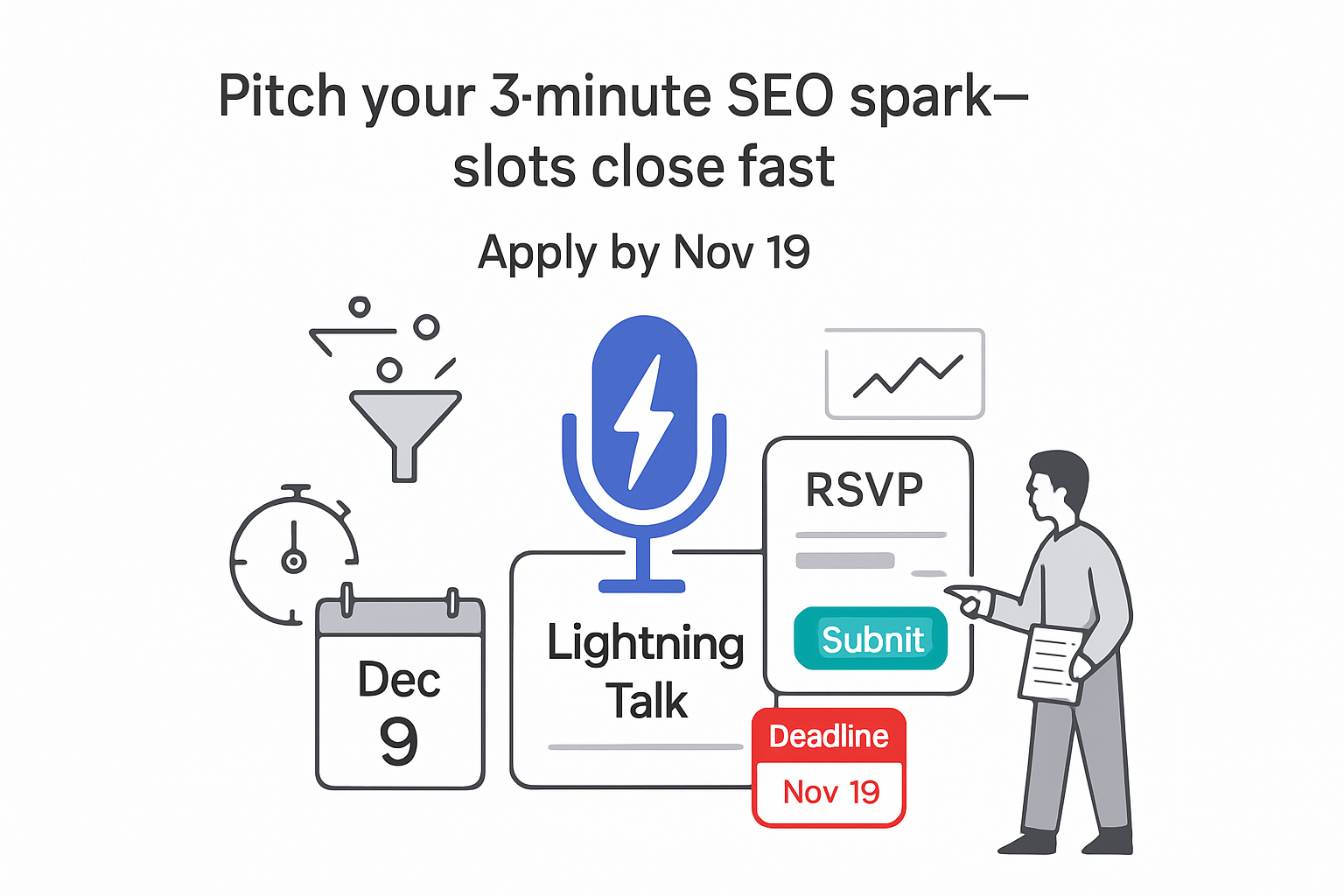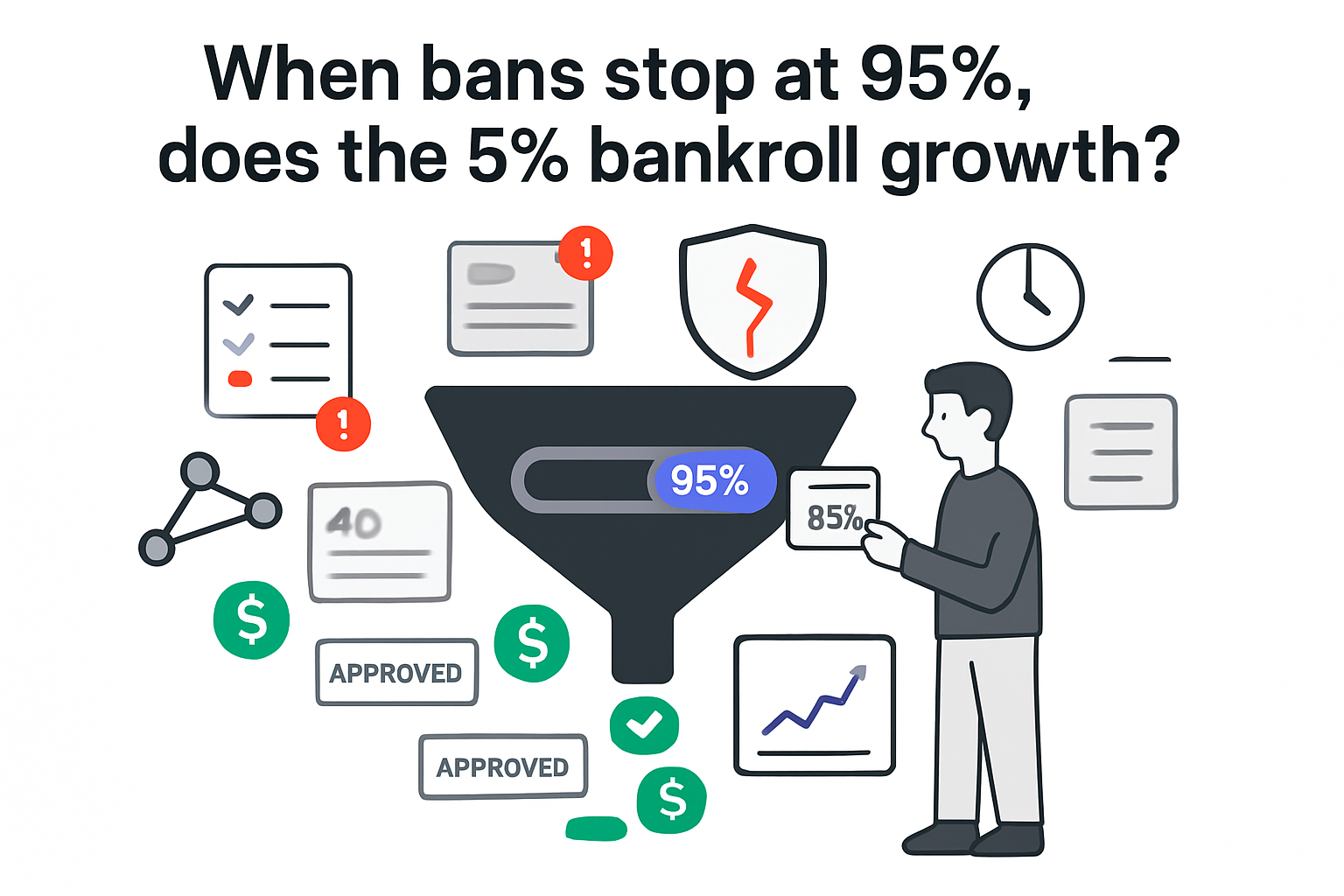TopRank Marketing and Ascend2 released a survey of 797 B2B leaders that links original, data-driven content to stronger engagement, higher trust, and better full-funnel performance. Respondents also cite persistent friction around measurement and over-reliance on a narrow set of distribution channels. The study introduces an "Answer Engine" distribution model spanning SEO and generative AI answer platforms, signaling a shift toward research-backed assets that win visibility where buyers search and ask questions.
Original research and B2B ROI - Executive snapshot
- 97% of B2B leaders say thought leadership is critical for success across the marketing funnel.
- Among teams that use original research, 93% say it effectively drives engagement and leads; 48% rate it very effective.
- Compared with AI-generated content, 35% rate original research significantly more valuable for building trust, and another 32% say it is more impactful overall.
- 41% cite difficulty proving ROI as a top reason content underperforms; about one-third cite over-reliance on a few channels.
Implication for marketers: Programs centered on original research, distributed across multiple channels and tied to full-funnel analytics, are more likely to earn trust and show ROI than AI-generated content alone.
Method and source notes
What was measured
Perceptions and reported outcomes for B2B thought leadership programs, including the comparative value of original research vs. AI-generated content, effective formats and distribution, topic selection inputs, and common barriers to success.
Who, when, sample, method
TopRank Marketing and Ascend2 surveyed 797 B2B leaders for the B2B Thought Leadership 2026 study, published for the 2025-2026 planning cycle. Data were collected via an online survey. The analysis includes comparisons between higher-ROI and lower-performing teams based on self-reporting.
Key limitations and caveats
- Self-reported effectiveness and ROI can introduce response and survivorship bias.
- Definitions of original research may vary by organization; methodological rigor is not detailed.
- Trust comparisons to AI content are perceptual; no experimental holdouts or objective lift measures are provided.
- Sample composition and weighting are not fully described; generalizability may be limited.
Source
TopRank Marketing and Ascend2, B2B Thought Leadership 2026.
Findings from the 2026 B2B thought leadership survey
Respondents report that original, data-driven content outperforms AI-generated content on trust and perceived impact while driving engagement and leads. The study frames distribution around an Answer Engine that includes SEO and generative AI answer surfaces, suggesting thought leadership is being built for both search and AI-summarized contexts.
Effectiveness and trust
- 97% consider thought leadership critical for success across the entire funnel, supporting both awareness and demand creation.
- 93% of teams using original research say it effectively drives engagement and leads; 48% call it very effective, indicating stronger perceived performance than general opinion content.
- Versus AI-generated content, 35% rate original research significantly more valuable for building trust, and 32% say it is more impactful overall, underscoring the role of data credibility in longer B2B cycles.
- The report emphasizes a trust system that pairs research assets with credible experts and partners. Partnerships add value when they contribute validation and insight, not only reach.
Formats, distribution, and planning inputs
- Most effective vehicles: video, live or virtual events, and interactive experiences that showcase data and expert points of view in digestible ways.
- Topic selection is led by customer signals: direct customer feedback (53%), CRM and customer data (44%), and market-trend analysis (44). Seasonal moments and industry events also influence planning.
- High-performing teams run integrated, multi-channel motions that connect SEO, advertising, expert and partner activations, media, email, and social into cohesive programs rather than isolated tactics.
Barriers and measurement friction
- About one-third cite over-reliance on a few channels or tactics as a top cause of underperformance, pointing to distribution concentration risk.
- 41% report difficulty proving ROI as a major reason programs fall short, highlighting the need for clearer linkage from brand and engagement signals to pipeline and revenue.
- Higher-performing programs use full-funnel analytics that connect brand metrics to demand and closed-won outcomes.
Interpretation and implications for B2B marketers
Likely
- Anchor major content initiatives in original research when trust and differentiation matter. The 93% effectiveness rate and trust advantage over AI-generated content indicate research-backed assets fit complex buying committees and longer cycles.
- Build for an Answer Engine reality: structure research with clear questions, defensible methodology, and quotable stats that surface in SEO and GenAI answer contexts. Pair with credible experts to strengthen validation.
- Plan distribution around formats with higher reported effectiveness - video, events, and interactive - and connect them to always-on channels like SEO, email, social, and paid to compound reach.
- Close the measurement gap with full-funnel analytics and pipeline attribution for thought leadership to reduce the 41% ROI-proof friction.
Tentative
- Reduce channel concentration risk by adding at least one incremental distribution motion per initiative, such as partner amplification or media syndication.
- Use customer feedback and CRM data to prioritize topics and quantify pain points. Buyer signals tend to outperform internal brainstorming for relevance.
Speculative
- As AI answer platforms increasingly cite or summarize sources, rigorously documented research with transparent methods may gain visibility and downstream links. Investment in citation-friendly assets could produce compounding returns, pending independent validation.
Contradictions and gaps
- The study relies on self-reported performance and does not offer experimental or causal evidence of ROI lift from original research vs. AI content. Effect size and cost-to-value ratios are not quantified.
- Significantly more valuable reflects respondent judgment, not statistical testing on outcomes. Quality controls for the AI content used in comparisons are not provided.
- Sample composition and weighting are not fully described, which may limit generalizability across roles, industries, and regions.
- The report endorses integrated, multi-channel approaches but does not isolate which channel combinations drive the largest incremental impact or where diminishing returns set in.
- Longitudinal performance, decay curves for research assets, and the effect of partner credibility tiers remain unaddressed.








.svg)